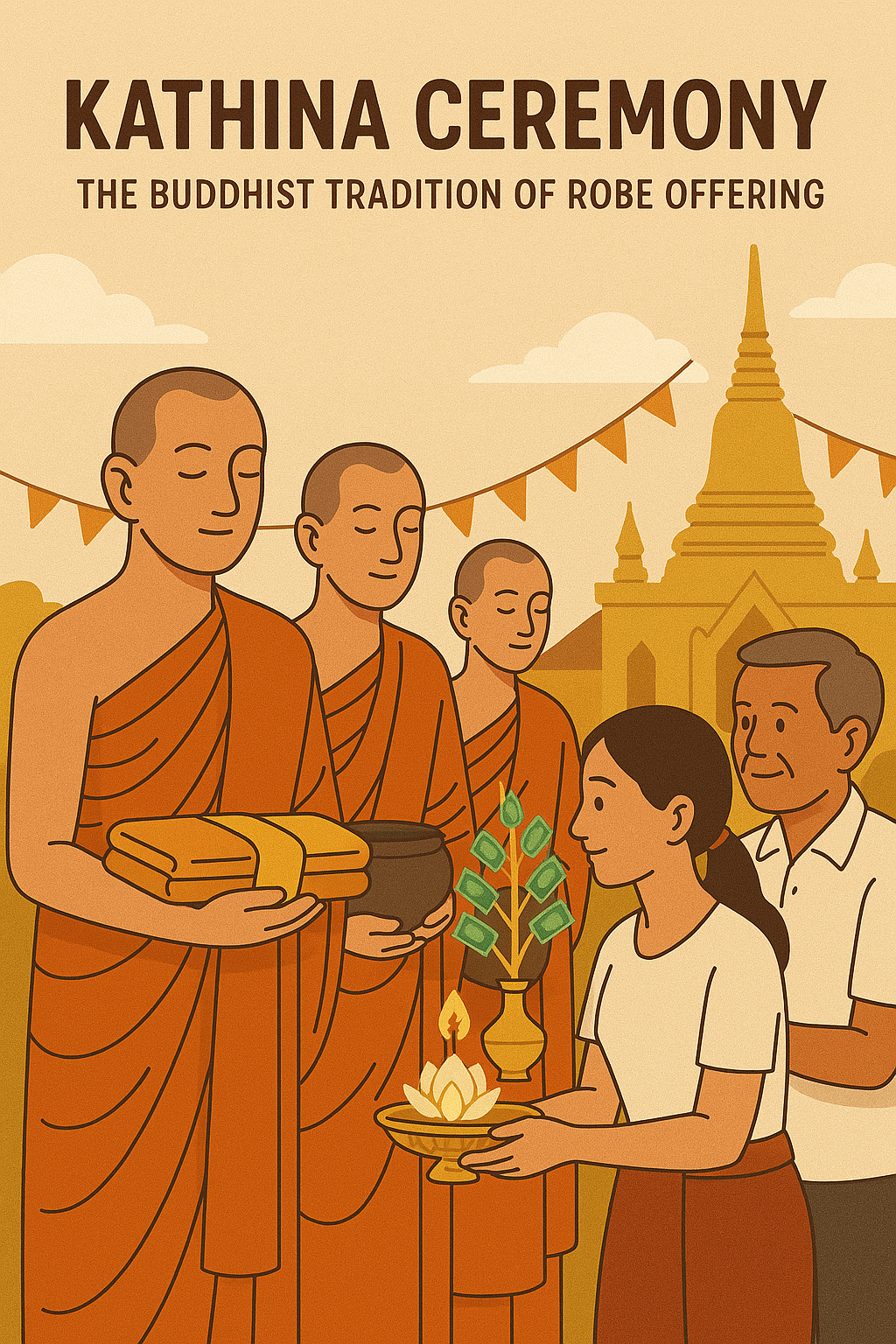An Ancient Khmer Ritual Connecting Kingship, Agriculture, and the Cosmos
1. Historical Origins of the Royal Ploughing Ceremony

The Royal Ploughing Ceremony, known in Khmer as Preah Reach Pithi Chrot Preah Neangkol, is one of Cambodia’s oldest and most sacred royal traditions. Its origins trace back to the Angkorian era and even earlier to Indian Brahmanical influences, where agriculture was seen as a divine gift tied closely to cosmic forces and royal duties. As a kingdom rooted in rice cultivation, early Khmer rulers performed this ritual to ensure harmony between the heavens and the earth, invoking blessings for a bountiful harvest.
2. The Role of the King or Royal Representatives
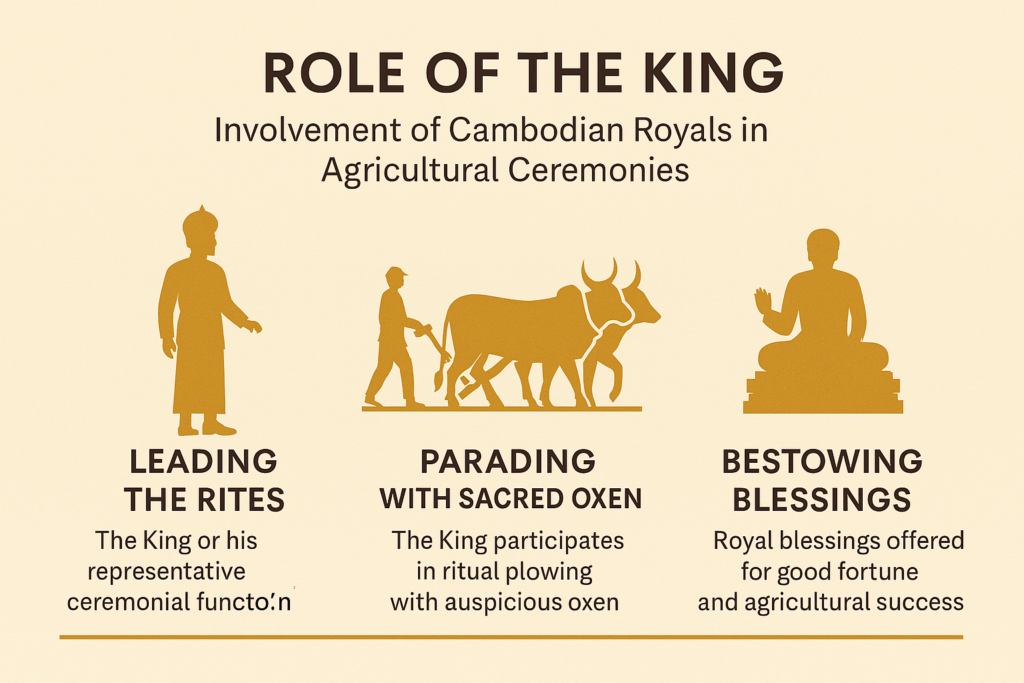
Traditionally, the King or a high-ranking royal representative presides over the ceremony. The chosen figure dons elaborate ceremonial attire and symbolically plows a sacred furrow using a golden plough drawn by royal oxen. This act represents the monarch’s responsibility to ensure the welfare of the people, particularly in safeguarding food security through agricultural prosperity. The ritual underscores the belief that good governance is intrinsically tied to the fertility of the land.
3. The Significance of Oxen Predictions

Perhaps the most anticipated part of the event is the oxen prediction ritual, where the royal oxen are offered various food items such as rice, corn, sesame, grass, water, and wine. Whichever items the oxen choose to eat are interpreted as omens for the upcoming agricultural season. For instance:
- Eating rice or corn signals a good harvest.
- Drinking water may predict adequate rainfall.
- Consuming wine could foretell social unrest or disease.
These predictions are not taken lightly—they influence farmers’ expectations and government agricultural planning.
4. Traditional Rituals Performed During the Ceremony
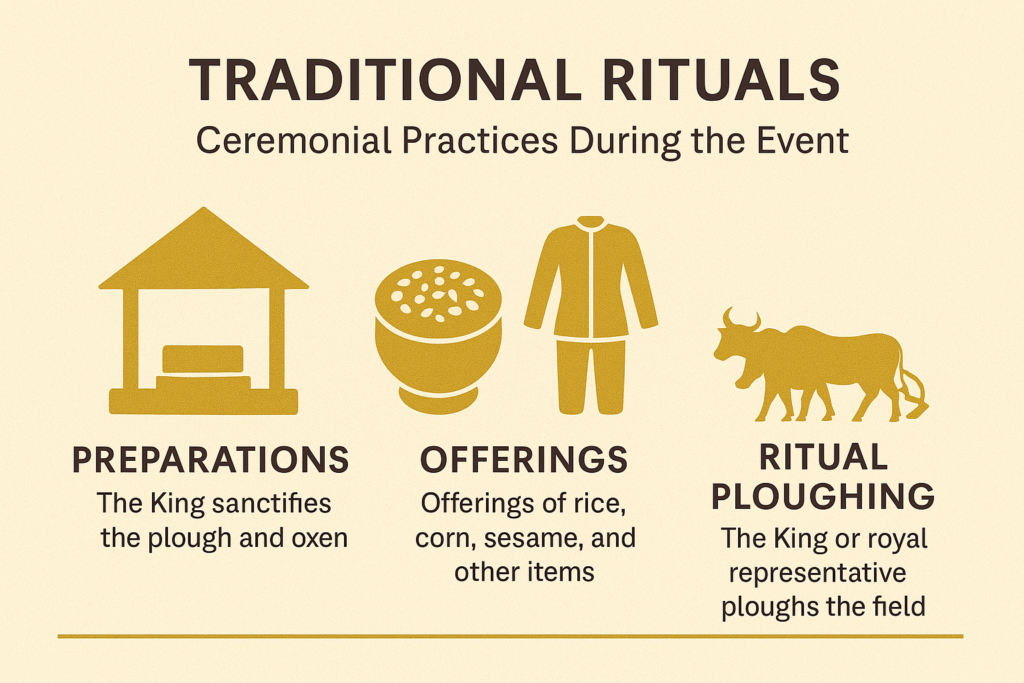
The ceremony begins with purification rites and prayers led by royal Brahmins. The sacred field is ritually sanctified, and the royal ploughman makes three rounds of the furrow, each symbolizing the spiritual sowing of peace, fertility, and prosperity. Offerings are made to deities of the earth and sky, asking for their favor in the growing season ahead. The ritual is steeped in symbolic meaning, aligning agriculture with the cosmic order and moral righteousness of the monarchy.
5. The Role of Brahmins in Leading the Royal Rituals
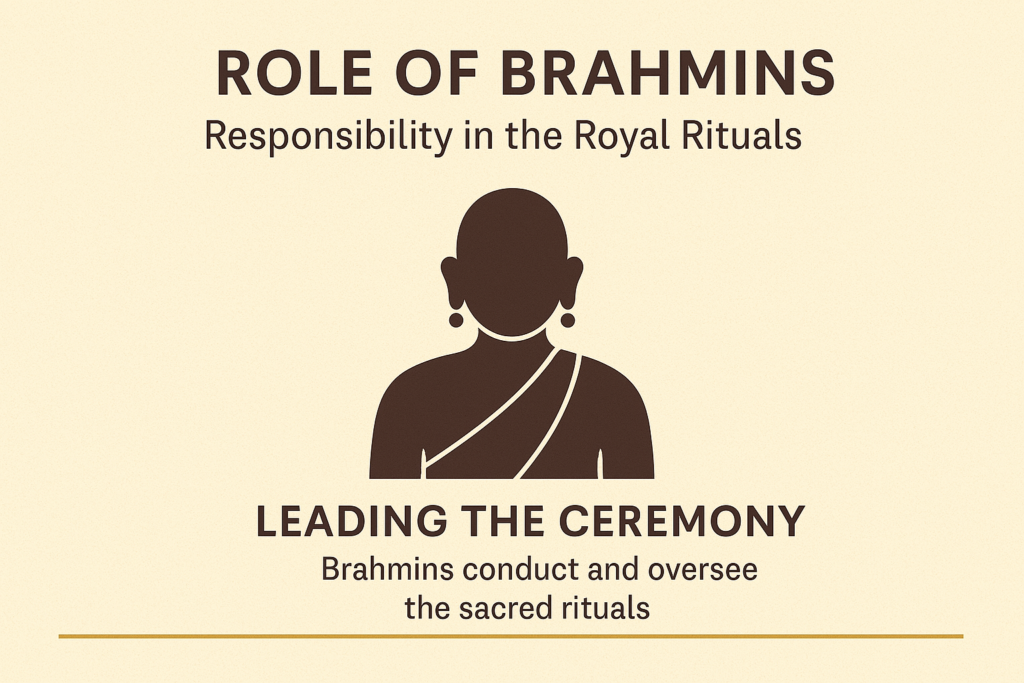
Central to the Royal Ploughing Ceremony are the Brahmins, Hindu priests who serve the royal court. Dressed in white, they perform the astrological calculations, invocations, and ceremonial blessings. Their role highlights the fusion of Brahmanism and Khmer kingship, with Brahmins acting as the spiritual intermediaries who ensure the success of the ceremony and its auspicious timing. Their presence and chants reinforce the divine legitimacy of the monarch’s agricultural and cosmic duties.
6. Hindu and Buddhist Traditions Interwoven
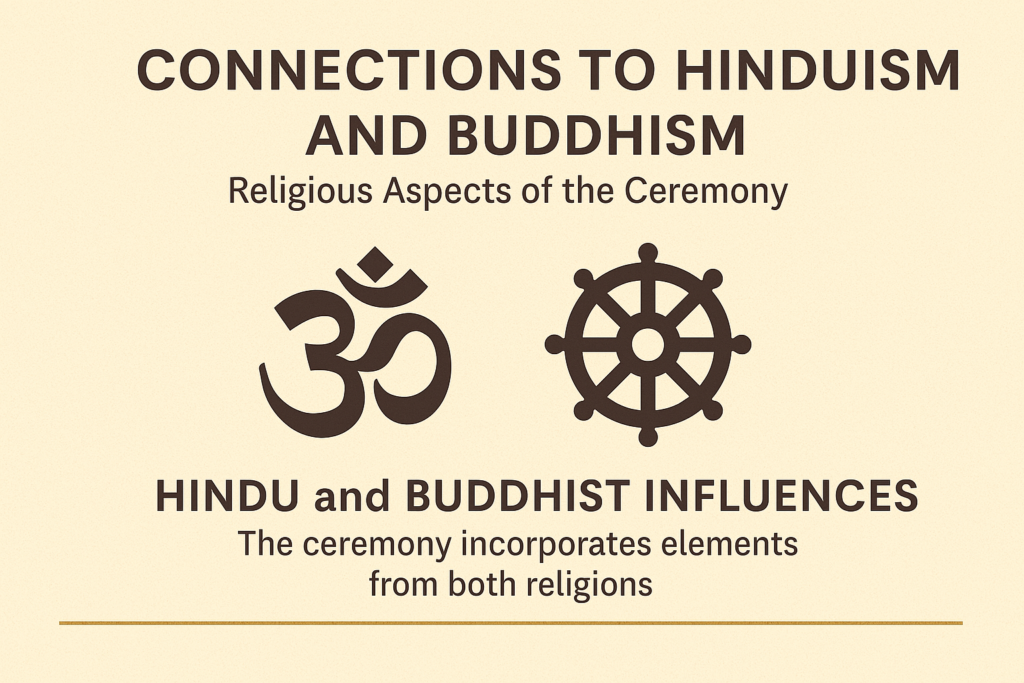
Though rooted in Hinduism, the Royal Ploughing Ceremony reflects Cambodia’s syncretic spiritual heritage, blending Brahmanical rites with Buddhist values of merit, harmony, and compassion. The ritual ploughing is symbolic of the Buddha’s own early life, as scriptures recount Prince Siddhartha observing a similar ceremonial ploughing in ancient India. This dual heritage represents Cambodia’s unique cultural layering, where ancient Indic traditions coexist with Theravāda Buddhist practice.
7. From Ancient Khmer Farming Culture to Modern Agriculture

The ceremony is not just a royal spectacle—it echoes Cambodia’s deep agrarian roots. The Khmer Empire thrived due to sophisticated irrigation and rice cultivation, and this heritage continues today. While modern tools and techniques are now used in farming, the Royal Ploughing Ceremony serves as a living link between Cambodia’s agricultural past and its future. It reminds the nation of the sacred bond between people, land, and leadership—a tradition where culture and cultivation grow side by side.


